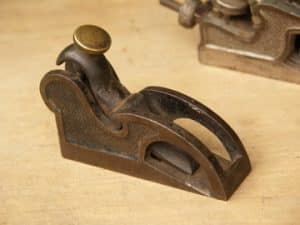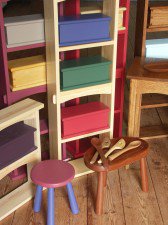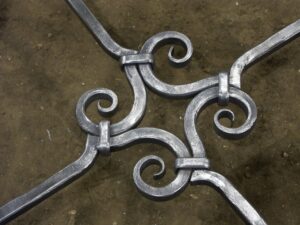My creative workspace #28
I’ve neglected this aspect for a few weeks while I have been away. And now, getting ready for the wedding, I have many important things that pull at the minutes of each day.
Being creative means engaging in the everyday of life, yet seeing life beyond the mundane. I think I spend much of my day thinking about my friends around the globe who work with their hands whenever they can. Here is what I think:

Don’t worry about your designs, choice of wood, the project itself. Consider how you work and more importantly why you are working on what. If you work to make a living, go get a job. Stack shelves in the supermarket until something deeper starts to shape your goals. I don’t work to live so much as live to work. Working is in essence a place and space I (we) occupy with my life building and making my thoughts and ideas form from a raw substance into refined and defined substance. Step outside of yourself and give yourself less room and less space to wiggle from. Creative work isn’t needing space or even time to think but a place where critical decisions are made. Designs come at times of ambition when you make ambition work with your own hands. My business isn’t corporate, it’s creative, developmental, productive and inspired. Spend time thinking construction.

I think about shape as I walk through town. I look to buildings and things made by a man’s hand 200 years ago and 600 years ago. Fence rails and gates of iron and wood, doors, window sashes, latches, hinges and catches. Seats shaped by adze, the inshave’s scar leaves a slight but well-worn undulation, reflect the face of it’s maker a hundred years and more ago. I look at his work and it tells me about the character he was. Does his work live in what I see. It almost always does, but in some work it really does. His standards, his choices of wood and stone and iron, brass, copper tell me as much about him as I could find out if I’d stood face to face and talked to him.
The chisel’s edge cuts the wood, but the man creates the accents and the dialect is his. I read these cuts, understand his dialect and follow him as I trace my fingers over his work. Like brail to a blind man I absorb the shapes unconsciously to advantage my own later work. I begin to see more that everything is shape and all manmade shape fits around humanity to comfort human form; the handle grip, the seat back curve, the tapered walking cane. Much revolves around these forms. I ask unasked questions of the man walking with his cane. Why does it taper? What weight does it need? How does the handle fit the palm and fingered grip. Soon I begin to consider and understand what weight and strength means to a man walking with a walking cane. I design it in my head and store it for the day I make a man a walking cane.

Form is honoured by its useful purpose so it’s important the craftsman determine key elements, synchronise his direction and remain focussed. The craftsman makes beautiful things fit life.

